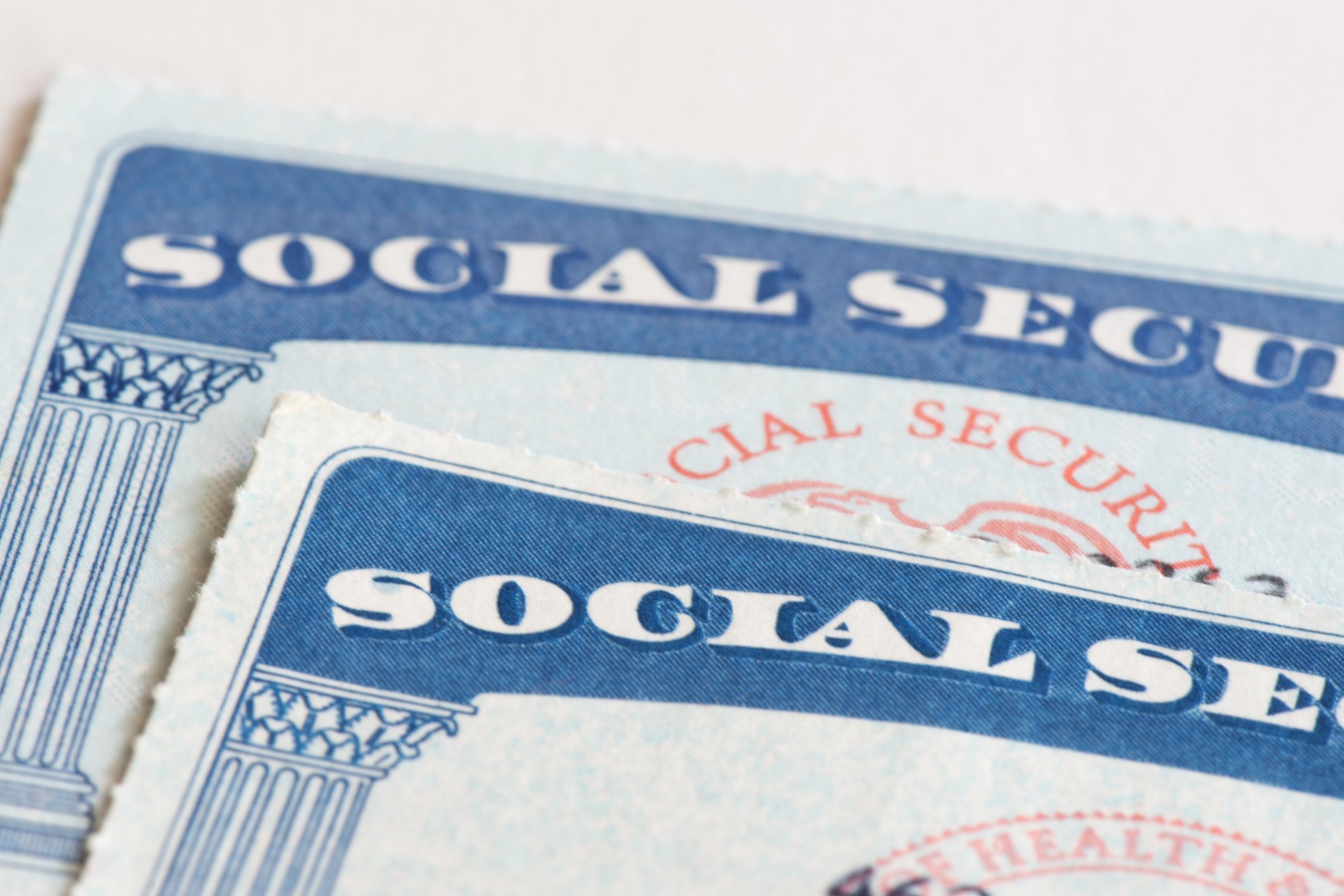Medicare doesn't have to be complicated.
Sure, there are many aspects to the federal healthcare program. The good news is that retirees don't have to master every single one of them. You do need to understand the basics of Medicare, however. Here are five facts about Medicare every retiree should know.

Image source: Getty Images.
1. The parts of Medicare
The first thing to understand is that Medicare isn't really just one program. There are actually four parts to Medicare with their own distinctive features.
Medicare Part A helps pay for hospital stays and skilled nursing facility care following a hospital stay. Medicare Part B helps pay for services from physicians and other healthcare providers, outpatient care, home healthcare, durable medical equipment, and some preventive services.
Medicare Part C, also called Medicare Advantage, provides a way to receive Part A and Part B services through a private health insurer approved by Medicare. Medicare Part D helps cover the costs of prescription drugs.
2. What Medicare covers (and doesn't cover)
Medicare Part A covers many items related to a hospital stay, including semi-private rooms, meals, general nursing, medications received as part of your inpatient treatment, and other hospital services and supplies. However, there are a few things that the program doesn't cover, including private-duty nursing, a private room (unless medically necessary), TV and phone in your hospital room (if billed separately), and personal care items.
Part A also covers skilled nursing care services for the first 100 days following a hospital stay. These skilled nursing care services include a semi-private room, meals, skilled nursing care, physical therapy, occupational therapy, speech-language pathology services, medications, medical supplies, and more.
Medicare Part B covers physician visits, lab tests, and surgeries. It also covers preventive services such as cancer screenings, flu shots, and annual wellness visits. Also, if equipment or supplies are considered medically necessary, Part B covers them. Examples of covered equipment include blood sugar monitors, infusion pumps, walkers, and wheelchairs.
Medicare Part C (Medicare Advantage) covers the same things covered by Part A and Part B. Keep in mind that there are certain items these parts of Medicare don't cover. Long-term care, most dental care, eye exams for glasses, cosmetic surgery, and hearing exams are some of the primary services that Medicare won't pay for.
Medicare Part D covers prescription drugs. However, each Part D plan will have its own list of drugs covered and not covered. Retirees will definitely want to make sure any prescription drugs taken included in the Part D plan's coverage before signing up.
3. Who is eligible for Medicare
Any citizen or permanent resident of the U.S. age 65 or over is eligible for all Medicare parts. Individuals may also be eligible for Medicare prior to reaching age 65 if they meet any of the following criteria:
- Entitled to Social Security benefits for 24 months
- Receive a disability pension from the railroad retirement board and meet certain conditions
- Receive Social Security disability benefits due to having amyotrophic lateral sclerosis (AML)
- Meet the requirements of the Social Security disability program and are a child or widow(er) age 50 or older of someone who worked long enough in a government job through which Medicare taxes were paid
- Have permanent kidney failure and receive maintenance dialysis or a kidney transplant and meet additional prequisites
4. When to enroll in Medicare
You can apply for Medicare Part A three months prior to your 65th birthday. There is a seven-month enrollment period for signing up for Medicare Part B. This period typically begins three months prior to your 65th birthday. If you don't enroll in this initial period, you can sign up between Jan. 1 and March 31. Note, however, that you may have to pay a late enrollment penalty of 10% more for each 12-month period that you were eligible for Part B but didn't enroll.
You can enroll in a Medicare Part C (Medicare Advantage) plan during the normal period for enrolling in Medicare Parts A and B. You can also enroll during the annual Medicare open enrollment period from Oct. 15 to Dec. 7 each year. If you initially enroll in a Medicare Part C plan, you can switch to traditional Medicare (including Parts A, B, and D) any time between Jan. 1 and Feb. 14.
You can enroll in Medicare Part D during the same period described for Medicare Part B. You can also enroll during the annual Medicare open enrollment period from Oct. 15 through Dec. 7 each year. Note that if you don't enroll when you're first eligible, you may have to pay a penalty for as long as you have prescription drug coverage.
5. What the costs for Medicare are
Most individuals won't pay any premium for Medicare Part A. For those who do, the monthly premiums are $227 per month or $413 per month depending on how long they paid Medicare taxes.
The standard monthly premium for Medicare Part B is $134. However, most people who pay their Part B premium through their Social Security benefits will actually pay less (around $109 per month on average). Individuals with higher income levels will pay more -- up to a maximum monthly premium of $428.60.
Part B also includes an annual deductible of $183. After this deductible is met, you'll usually pay 20% of the healthcare costs while Medicare covers the rest.
The costs vary for Medicare Part C (Medicare Advantage) and Part D prescription drug plans. Retirees will need to evaluate the total costs of these plans, including premiums, deductibles, copayments, and coinsurance.





